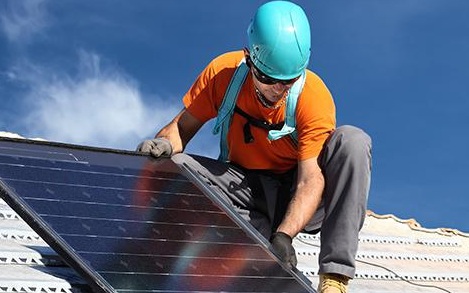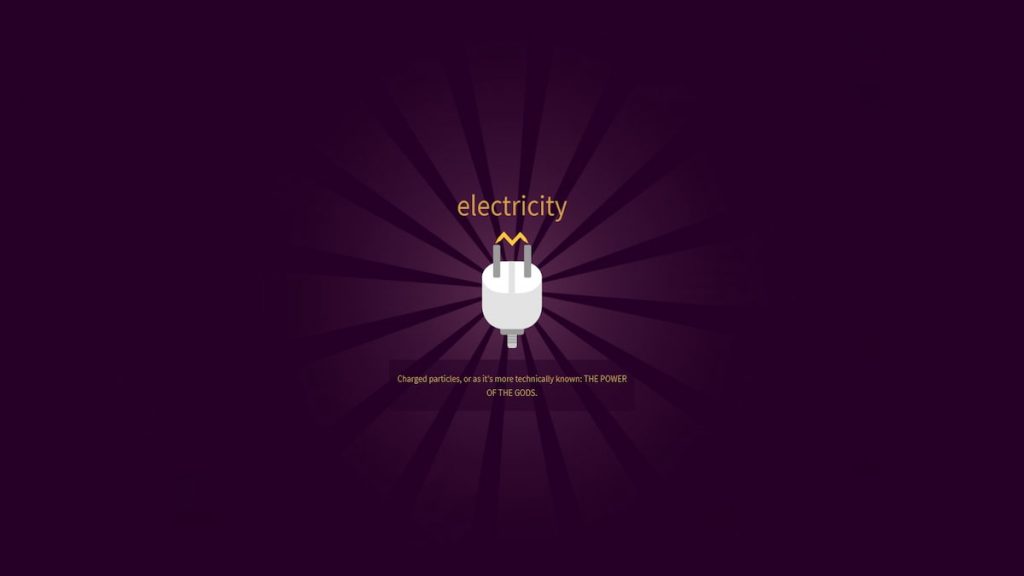In today’s world, where environmental concerns and rising energy costs dominate the conversation, renewable energy systems have become an attractive solution for homeowners looking to reduce their carbon footprint and save on electricity bills. However, choosing the right renewable energy system for your home can be a complex decision because of the variety of technologies, costs, and practical factors involved.
This guide will help you understand the different types of renewable energy options, key considerations, and how to select the best system tailored to your home’s needs.
Why Switch to Renewable Energy?
Switching to renewable energy isn’t just a trend; it’s a smart and responsible decision. Here are some major benefits:
- Lower Energy Bills: Generate your own electricity and reduce dependence on the grid.
- Environmental Impact: Reduce greenhouse gas emissions and combat climate change.
- Energy Independence: Protect yourself from rising electricity prices and outages.
- Increase Property Value: Homes with renewable energy systems often have higher resale values.
- Government Incentives: Many countries and states offer tax credits, rebates, or subsidies.
Popular Types of Renewable Energy Systems for Homes
1. Solar Power Systems
Solar photovoltaic (PV) panels are the most common renewable energy choice for residential use.
- How it works: Solar panels convert sunlight into electricity.
- Pros: Low maintenance, scalable, abundant resource.
- Cons: High initial cost, requires adequate sunlight, efficiency drops on cloudy days.
- Best for: Homes with good roof exposure to sunlight.
2. Wind Turbines
Small residential wind turbines generate electricity from wind.
- How it works: Rotating blades turn a generator to produce electricity.
- Pros: Can generate power day and night (if windy), long lifespan.
- Cons: Requires sufficient and consistent wind, noise concerns, zoning restrictions.
- Best for: Rural or open areas with strong wind patterns.
3. Geothermal Systems
Geothermal systems use the earth’s stable underground temperature to heat and cool your home.
- How it works: Pipes buried underground circulate fluid to exchange heat with the earth.
- Pros: Very efficient for heating/cooling, low operating costs.
- Cons: High upfront installation cost, requires enough land space.
- Best for: Homes with adequate yard space and stable geology.
4. Biomass Energy
Biomass systems use organic materials like wood pellets or agricultural waste to generate heat or electricity.
- How it works: Burning biomass fuel in a boiler or stove.
- Pros: Can use local resources, reduces waste.
- Cons: Produces emissions, requires fuel storage.
- Best for: Areas with good access to biomass fuel.
Key Factors to Consider When Choosing a System
1. Energy Needs
Start by evaluating your household’s electricity or heating needs. Look at past utility bills and calculate average consumption. This helps in sizing the system appropriately — whether you need a small setup to offset part of your bill or a larger one for full independence.
2. Location and Climate
The effectiveness of renewable systems heavily depends on your geographic location.
- Solar panels need good sunlight exposure.
- Wind turbines require steady wind speeds (usually above 9 mph).
- Geothermal depends on soil type and land availability.
- Biomass requires access to fuel sources.
3. Initial Costs and Budget
Renewable systems require upfront investment. Solar panels typically have high installation costs but low operating costs. Geothermal and wind systems tend to be more expensive initially. Check for financing options, government incentives, or leasing programs that can reduce your financial burden.
4. Space and Installation
Do you have enough roof space for solar panels or enough yard space for a wind turbine or geothermal loops? Also, consider any local zoning laws or homeowner association rules that may restrict installations.
5. Maintenance and Lifespan
Research the expected lifespan of the system components and the maintenance they require. Solar panels generally need little maintenance, while wind turbines have moving parts that require regular servicing.
6. Grid Connection and Battery Storage
Decide if you want an off-grid system (fully independent) or grid-tied (connected to the utility). Grid-tied systems often allow you to sell excess electricity back to the grid (net metering). Battery storage systems can store your renewable energy for use during nights or outages but add to the cost.
Steps to Choose and Install Your Renewable Energy System
Step 1: Conduct an Energy Audit
Hire a professional or use online tools to understand your current energy usage and areas where you can improve efficiency before installing a renewable system.
Step 2: Research Technologies and Providers
Compare different renewable technologies and contact local providers or installers. Ask for quotes and references.
Step 3: Check Incentives and Permits
Look for government rebates, tax credits, and incentives. Also, check what permits and approvals you’ll need from local authorities.
Step 4: Design and Size the System
Work with experts to design a system that matches your energy needs and site conditions.
Step 5: Installation and Inspection
Hire certified professionals for installation. After installation, ensure the system is inspected and approved by relevant authorities.
Step 6: Monitor and Maintain
Use monitoring tools (many solar inverters offer apps) to track system performance. Schedule regular maintenance to keep your system running optimally.
Conclusion
Choosing the best renewable energy system for your home is a significant decision that depends on your energy needs, location, budget, and long-term goals. Whether you go solar, wind, geothermal, or biomass, renewable energy is a powerful way to reduce your environmental impact and achieve energy independence.
For personalized advice and the latest updates on renewable technologies, stay connected with electriccounselor.com — your trusted guide to smart electrical solutions!



